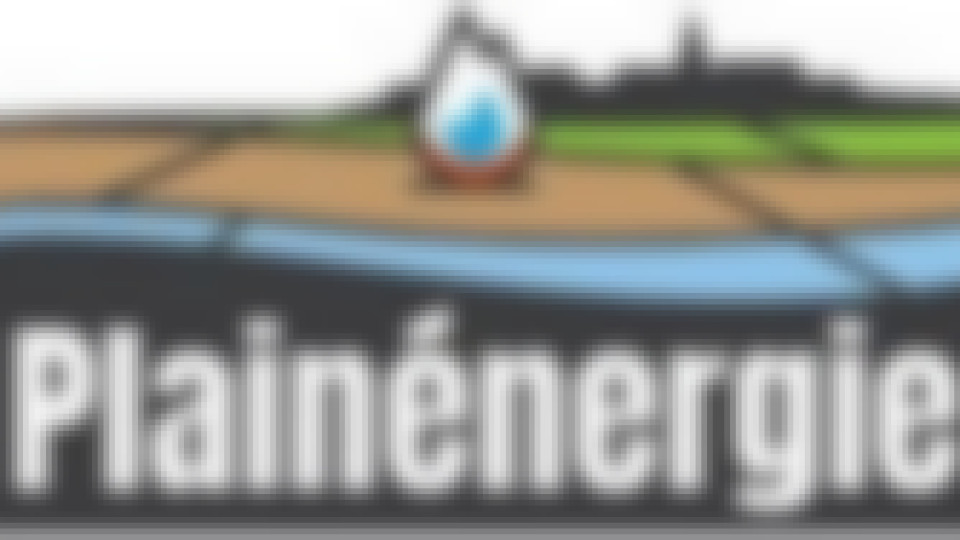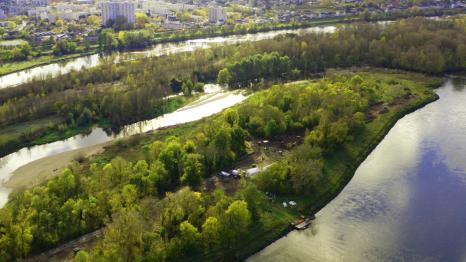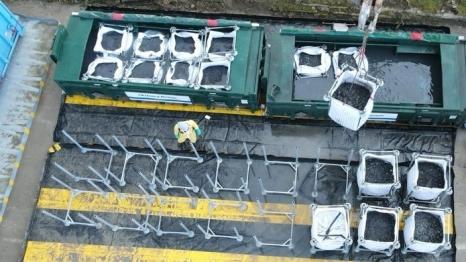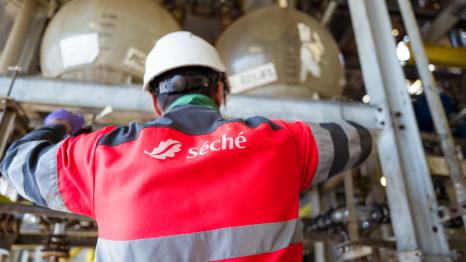PLAINÉNERGIE announces the launch of the 2nd phase of its partnership to transform waste from the Plaine de l'Ain into renewable or low-carbon gas.
PLAINÉNERGIE, is a collaborative program, born out of the needs of the Plaine de l’Ain territory, in the Auvergne-Rhône-Alpes Region. The diversity of its partners enables it to cover all stages of the value chain, from waste treatment to the production of sustainable energy, within a circular economy logic. PLAINÉNERGIE aims to transform residual waste from the Plaine de l’Ain region into gas that can be injected into the existing gas network. By coupling two processes, pyrogasification and biological methanation, this renewable or low-carbon gas will then be substitutable for imported fossil gas.
PLAINÉNERGIE is a comprehensive program. Organized in phases, it covers the various stages in the development of the solution, from waste characterization and laboratory testing, to the realization of an experimental industrial plant, a ” première ” replicable within territories other than the Plaine de l’Ain.
PLAINENERGY is a comprehensive program
A successful first phase of identifying waste to be recycled
The 1rst phase established that the Plaine de l’Ain has a deposit of waste mobilizable for pyrogasification of 8 600 tons per year which, once converted into renewable or low-carbon gas, corresponds to the energy needs of more than 1 000 homes.
Provademse conducted a study of the region’s residual waste deposits and qualified the portion suitable for pyrogasification, then successfully demonstrated, within its platform, the possibility of converting them into ” syngas “.
Parallel to this, Enosis and its partners, have demonstrated in the laboratory, the feasibility and interest of using biological methanation to produce from this syngas a renewable or low-carbon gas, substitutable for natural gas.
The start of the second phase : the implementation of a semi-industrial-scale demonstrator
The CCPA, the SMPIPA, GRTgaz, Séché Environnement and Enosis today announced the continuation of the PLAINÉNERGIE program, with the implementation of its second phase. This involves a demonstration on a semi-industrial scale, conducted within the ERBE platform of LERMAB, the University of Lorraine’s Laboratory for the Study and Research of Wood Materials, located in Epinal within the Campus Bois.
Several test campaigns are planned, between July and November this year. They involve transforming waste from the Ain plain area, supplied by the CCPA and Séché Environnement, into gas that can be injected into the network. This waste will be processed using the (small-scale) industrial pyrogasification plant developed by EQTEC, operated by LERMAB, coupled with the semi-industrial biological methanation unit, BIMOTEPÒ, designed by Enosis.
Séché Environnement contributes its industrial expertise in process integration and the operation of waste recovery centers.
GRTgaz, via its RICE research laboratory, carries out in-depth analysis of the renewable or low-carbon gas obtained, to ensure that it complies with the specifications required for injection into existing gas networks.
Singular, bringing together public and private players in a territorial innovation approach, PLAINÉNERGIE is at the heart of the objectives of the French Strategy for Energy and Climate and meets the ambitions of the Green Industry plan.
Pyrogasification for injection, a major sector for territories and the gas industry.
Pyrogasification for injection into existing gas networks promotes the local recovery of residual waste from territories in a circular economy logic. It helps to strengthen France’s energy independence, and contributes to the objectives of reducing greenhouse gas emissions, alongside other renewable and low-carbon gas production channels (methanization, power-to-methane, hydrothermal gasification, hydrogen).
Pyrogasification for injection into existing gas networks promotes local valorization of residual waste from territories as part of a circular economy approach
The first industrial-scale pyrogasification projects are expected by 2025.
By 2030, subject to adaptation of legislative and regulatory texts, network operators’ forecast balance sheet, based on the ambitions enshrined in regional development planning documents (SRADDET, etc.), shows that pyrogasification could recover 3 million tonnes of waste per year, corresponding to the injection into networks of 6 TWh of renewable or low-carbon gas.
By 2050, ADEME predicts that up to 67 TWh of renewable and low-carbon gas could be produced by pyrogasification in France, i.e. 30% of French gas consumption forecasts at that time.
Hello,
We will do our best to answer you as soon as possible.
